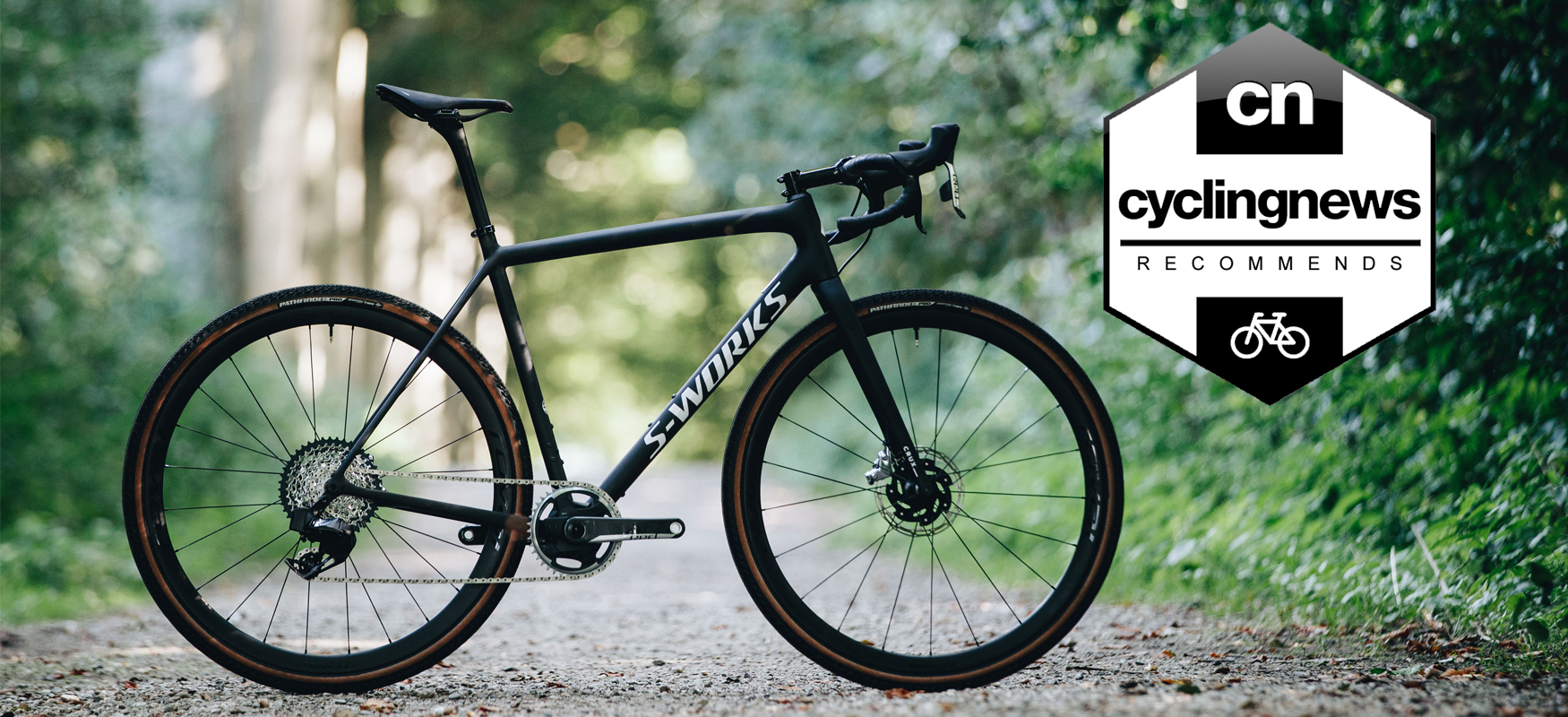Cyclingnews Verdict
An impressively lightweight bike with a snappy, nimble and responsive feel that provides a truly confidence-inspiring ride on all but the roughest of surfaces
Pros
- +
Impressively low weight at 7.25kg
- +
Nimble and responsive handling
- +
XPLR's 10-44T cassette offers ample gear range
- +
Power meter included
- +
Sub-1,300g wheelset
- +
Third bottle cage mount for longer days
Cons
- -
The feeling of being 'under-biked' comes early, though maximising the 47c tyre clearance would no doubt help
- -
Cockpit integration would have been a nice finishing touch
You can trust Cyclingnews
For 2022, the Specialized Crux changes its role within the brand's line-up. What was previously a pure cyclo-cross race bike has now merged into a bike with a little extra versatility, taking aim at the public's ever-growing interest in gravel while retaining its fast pace, short-race heritage. Okay sure, the existing Specialized Crux was already a genuinely capable gravel bike - most 'cross bikes are - but for 2022, the Crux acknowledges and embraces its dual role.
In the most simple terms possible, for the design of the Crux, Specialized took everything it learned when developing the lightweight Aethos and applied it to a bike with ample tyre clearance, off-road capability and a few added gravel-minded features. The result is an S-Works model bike that boasts a 725g frame weight, a frankly astounding 7.25kg overall weight (with power meter), and clearance for 47c tyres.
If you were to ask a group of cyclists what a typical gravel ride looks like, the chances are you'll get a variety of different answers. Maybe it's a 200km race across the flint hills of Kansas, a bikepacking overnighter with friends, a ride on predominantly smooth surfaces with the freedom to take the broken road home, under-biking mountain-bike trails for an hour at a time, or a multi-hour all-road ride with pieces of off-road connected by stretches of tarmac. Yet, with so many different types of gravel, most brands have just one gravel bike in their line-up, alongside three or four different road bikes. In times where gravel is exploding in popularity, alongside the ongoing COVID-19-related bike shortage, it was a no-brainer for Specialized to take its already-off-road-capable 'cross bike and tweak it to be attractive to a broader audience. Not only do we riders get a bike that promises to handle both disciplines, but we also get it sooner, and Specialized gets to add a new category to its range without any extra pressure on its factories. A win-win, some might say.
But is it a win? There's a saying about a 'jack of all trades' being a 'master of none', so does that apply here, or is the new dual-function Specialized Crux the latest versatile solution that can give the best gravel bikes a run for their money?
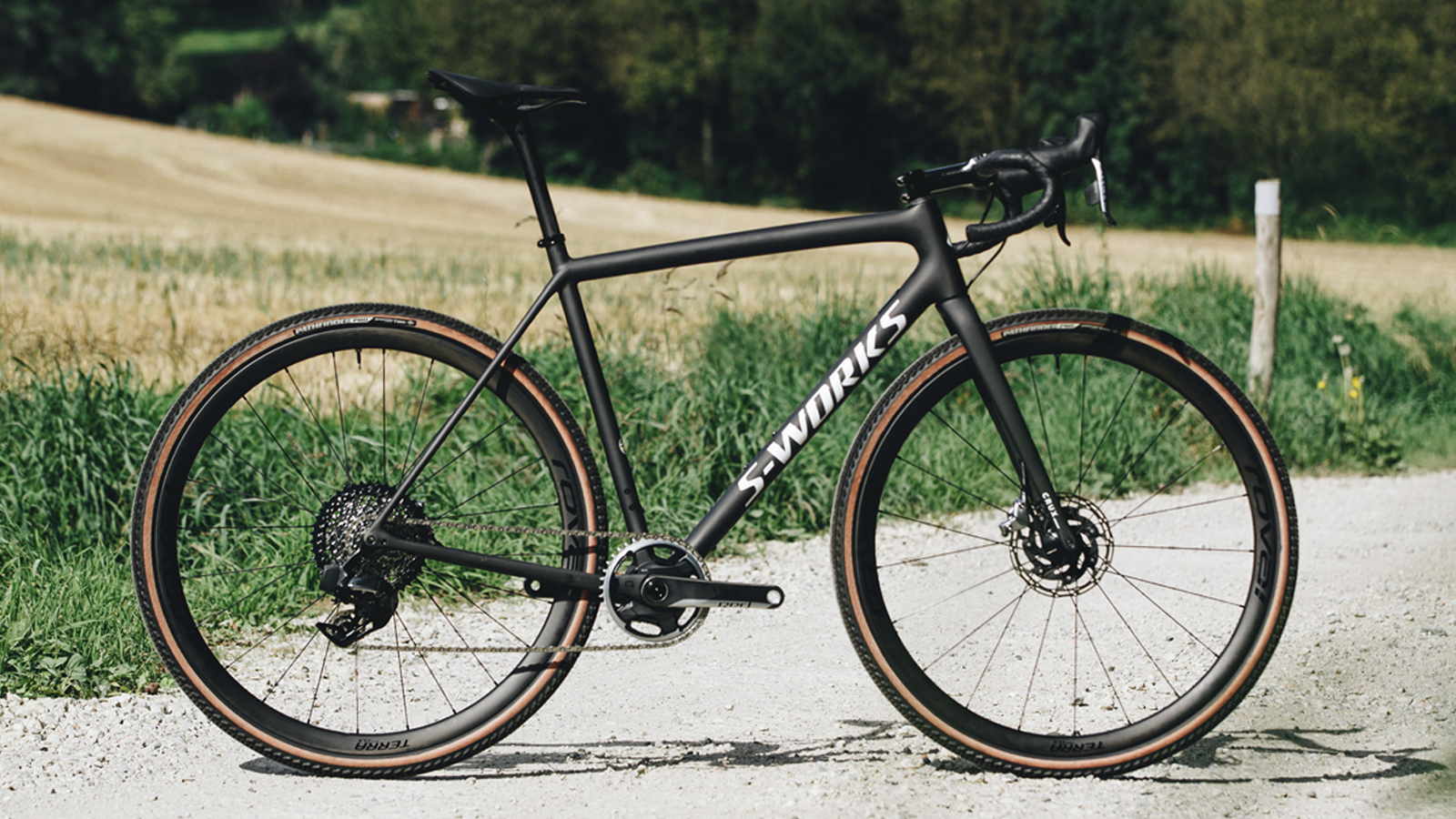
Design and aesthetics
The first thing I noticed about the Crux was its aesthetic likeness to the Aethos, and quite simply, that's because it is. According to Specialized, the bike's design timeline began right near the end of the Aethos's development journey when engineers realised that they could apply Aethos tech to a gravel bike.
The seed of the idea had been there a long time prior, but only once the team of eight engineers at Peter Denk's facility (the independently owned - but long contracted by Specialized - office in Germany that has previously designed bikes for Cannondale and Scott) were satisfied with the Aethos, did work actually begin applying the technology to the Crux.
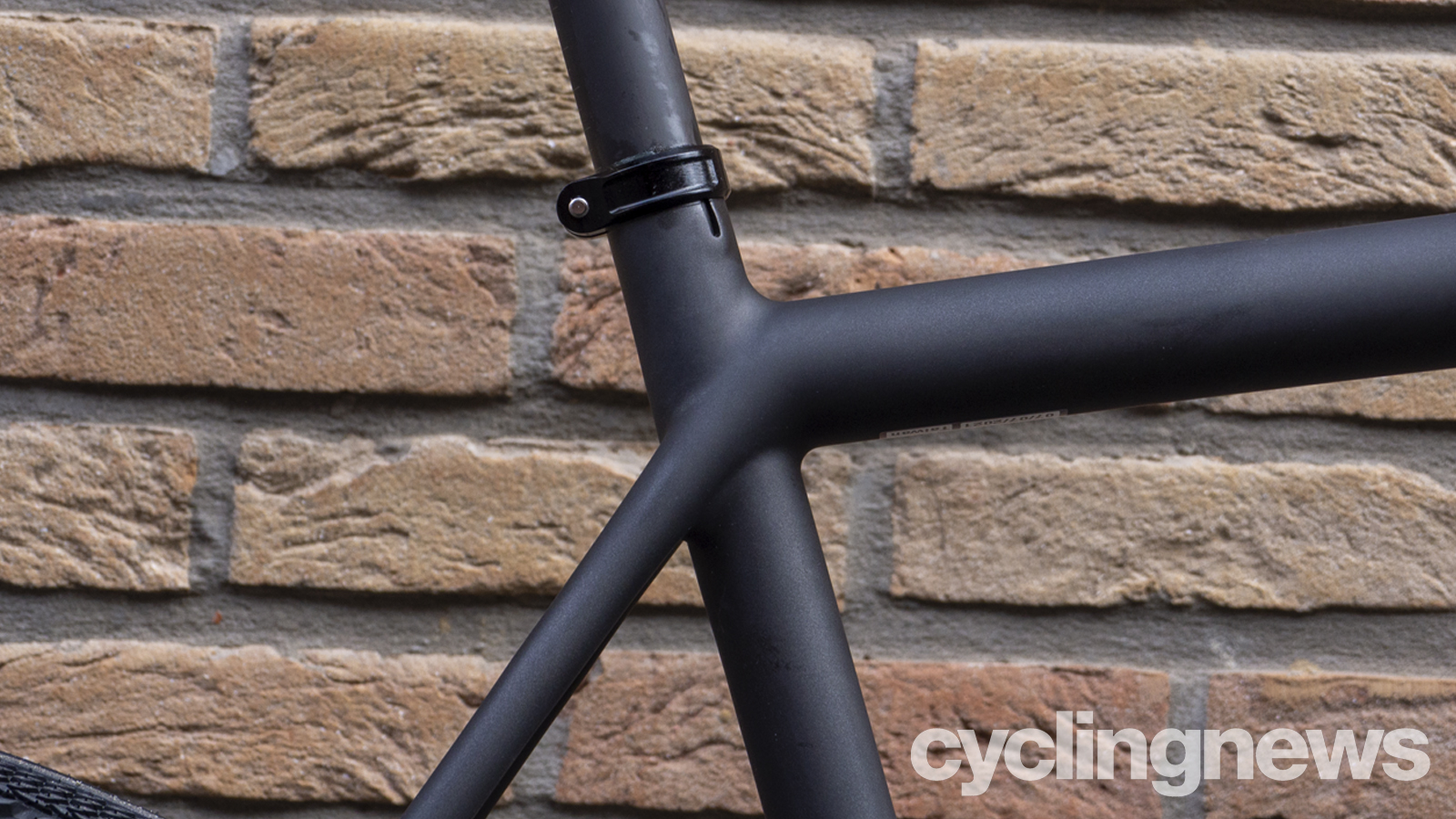
As a result, its silhouette looks very much like the lightweight road bike, but its frame and fork are designed with space for 700 x 47c or 650b x 2.1in tyres. It also results in a frame weight of 725 grams - 225g lighter than the outgoing Crux - for the Fact 12R S-Works frame, and 825g for the lower-cost Fact 10R frame. For a gravel bike, that's frankly incredible. For an S-Works frame complete with SRAM's Red XPLR groupset and Roval Terra CLX wheels, the total weight comes to 7.25kg. That's lighter than many road bikes out there.
With those changes in mind, and knowing that the new Crux was going to be aimed at a wider gravel audience, Specialized also updated the bike's geometry from the outgoing Crux. Namely, the bottom bracket drop has been increased by between three and five millimetres (meaning a lower bottom bracket overall), and the stack and reach have been adjusted.
Across the board, the reach has been extended, with the smaller sizes getting around 6mm of growth and the larger sizes getting more (the 61cm gets 13mm more reach). Specialized has then offset this with a shorter stem to sharpen up the handling. The stack has also been reduced across most sizes. The 49cm gets the biggest change with a reduction of 10mm, and the change gets incrementally smaller as you rise through the sizes. Strangely, however, the 61cm gets 3mm more stack than before. As a result of these changes, the head tube angle has also sharpened up ever so slightly, and the wheelbase has lengthened.
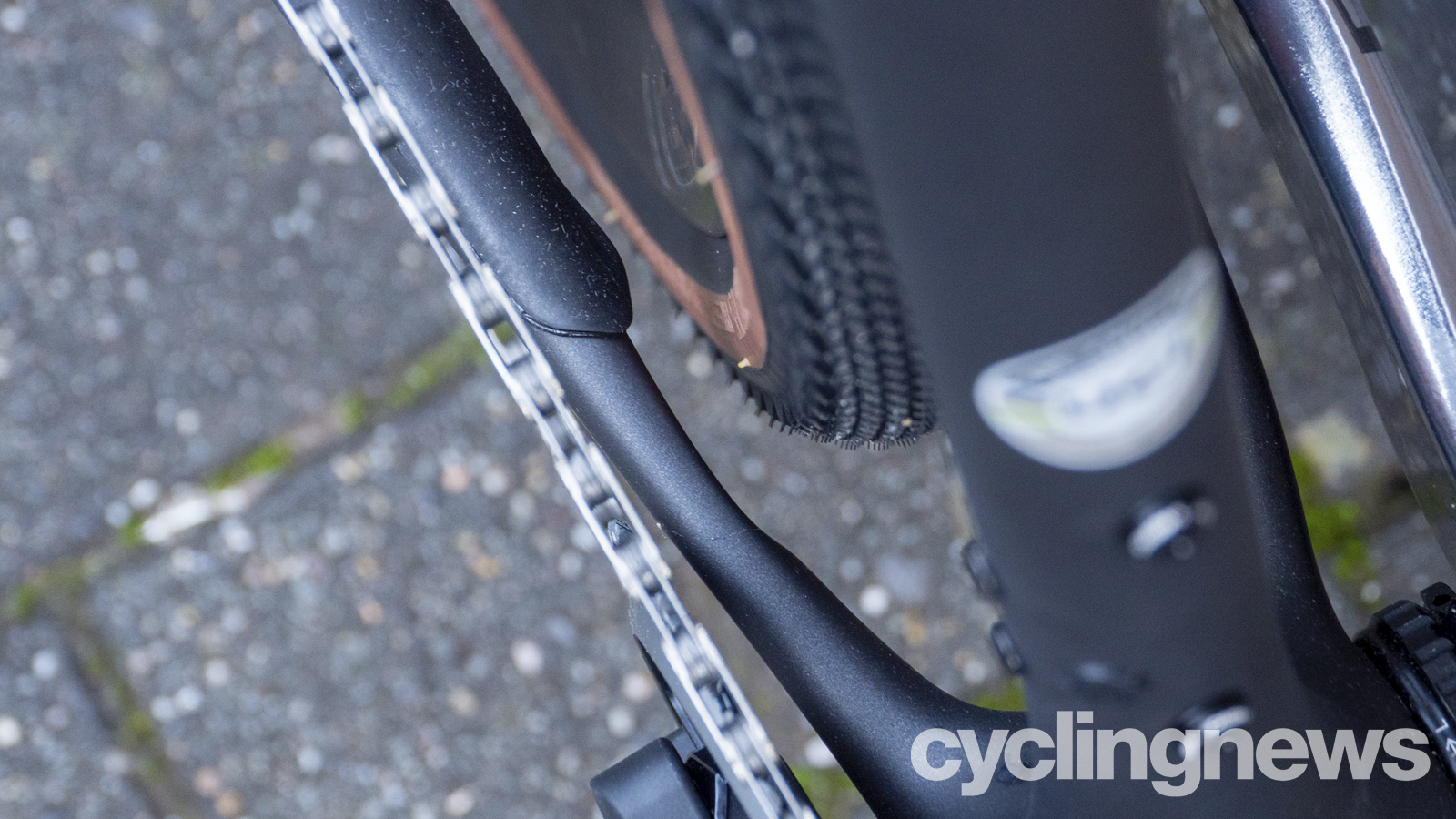
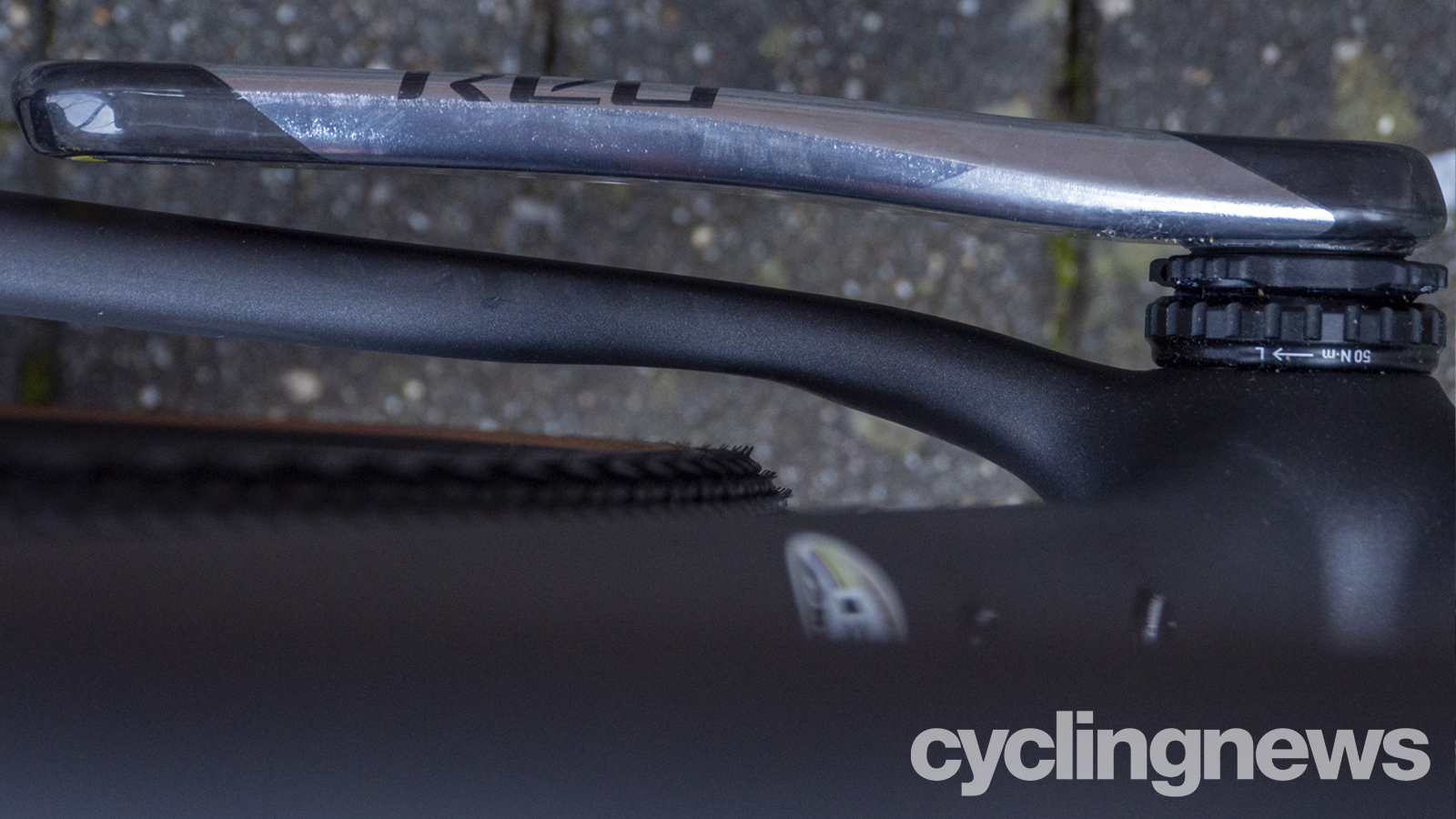
At the rear, the 47mm tyre clearance is made possible thanks to reworked chainstays to provide clearance around the outside of the tyre. However, unlike Trek, 3T, Allied and others, Specialized has foregone the dropped drive-side chainstay technique.
As a result of this, Specialized was forced to make some trade-offs. The most notable of which is a limit to chainset compatibility, which means that riders will not be able to run 2X road chainsets. This isn't a major issue, but cyclo-cross racers who currently use Dura-Ace will be forced to use the wider chainline of GRX.
Throughout my two-day test period with the bike, I didn't get a chance to take full advantage of the 47c tyre clearance, but the plushness of such wide rubber is undoubtedly worth that concession for everyday gravel use, especially for a bike that is focused more at the 'light gravel' end of the gravel spectrum.
Adding to the bike's gravel intentions, the downtube sees an extra bottle cage on the underside, but that's as far as the extra mounts go, so anyone looking to bag-up and bikepack will have to rely on Velcro.
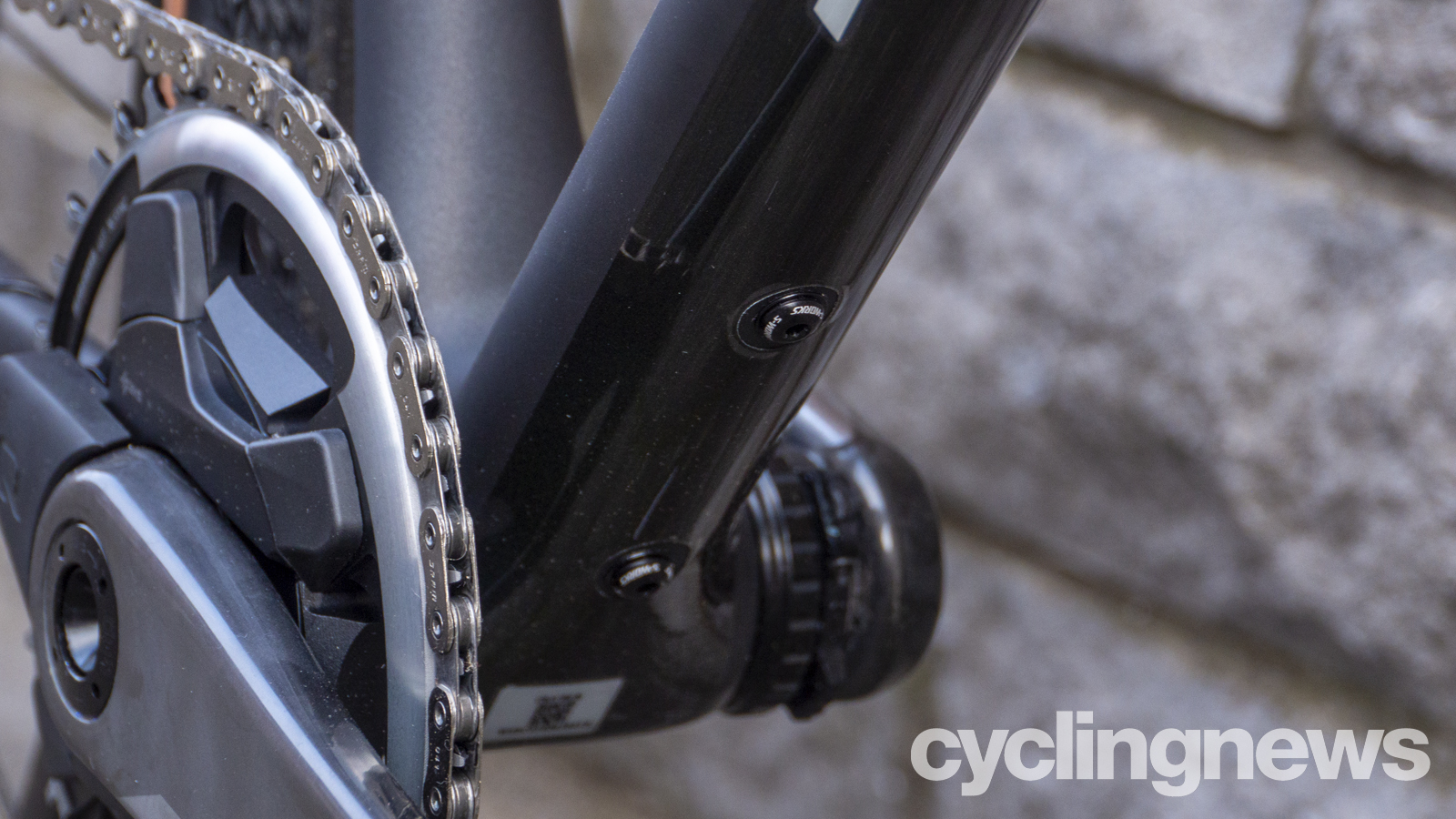
Specifications
Sadly for Shimano or Campagnolo fans, all models in the Crux range come with SRAM groupsets. The top three come with the wireless XPLR groupset in its Red, Force and Rival guises respectively, while the Crux Comp comes with Rival mechanical 1x11. That means if you're hoping to run Shimano GRX or Campagnolo Ekar, you'll have to buy the S-Works frame and build it up yourself.
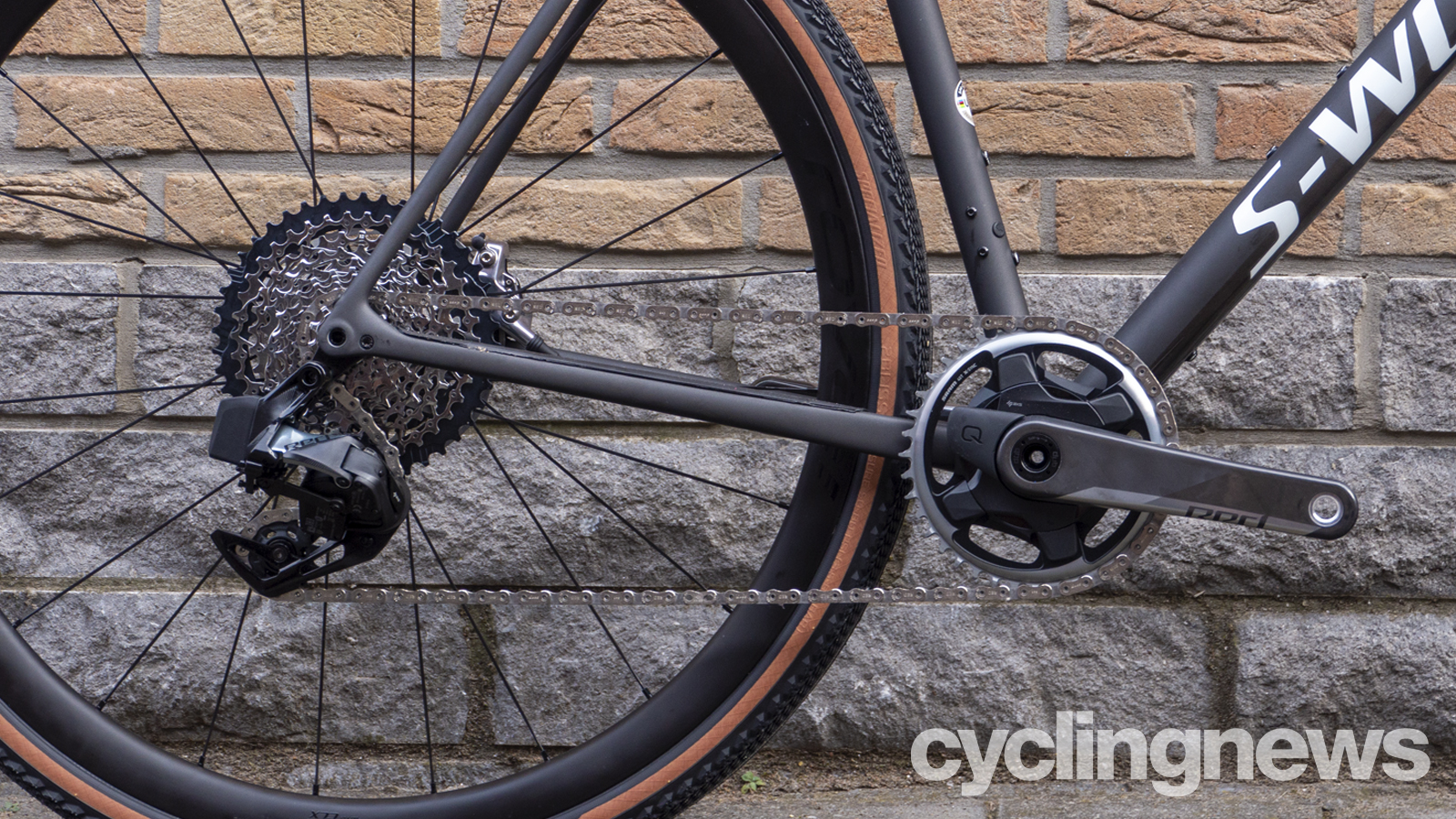
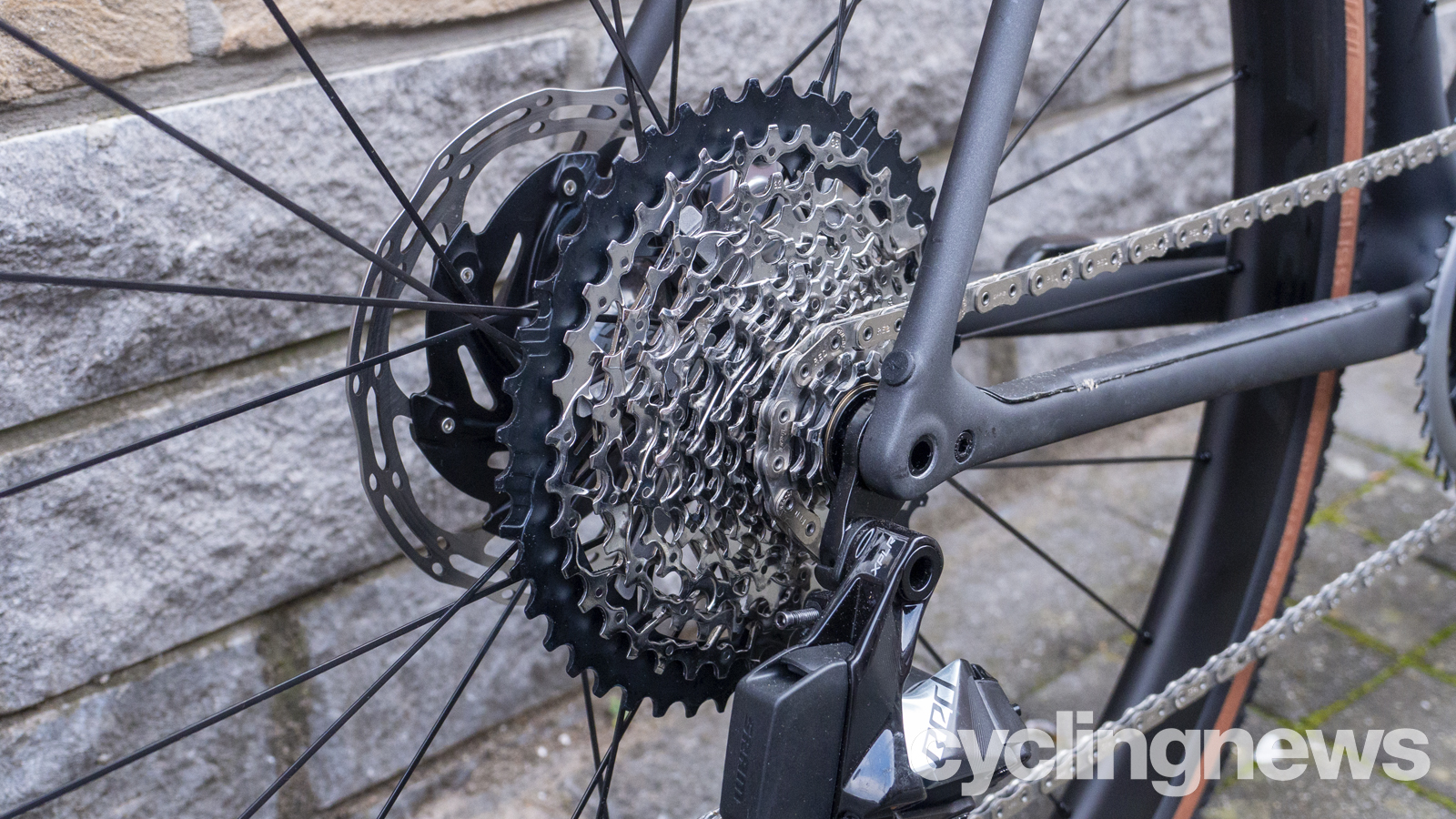
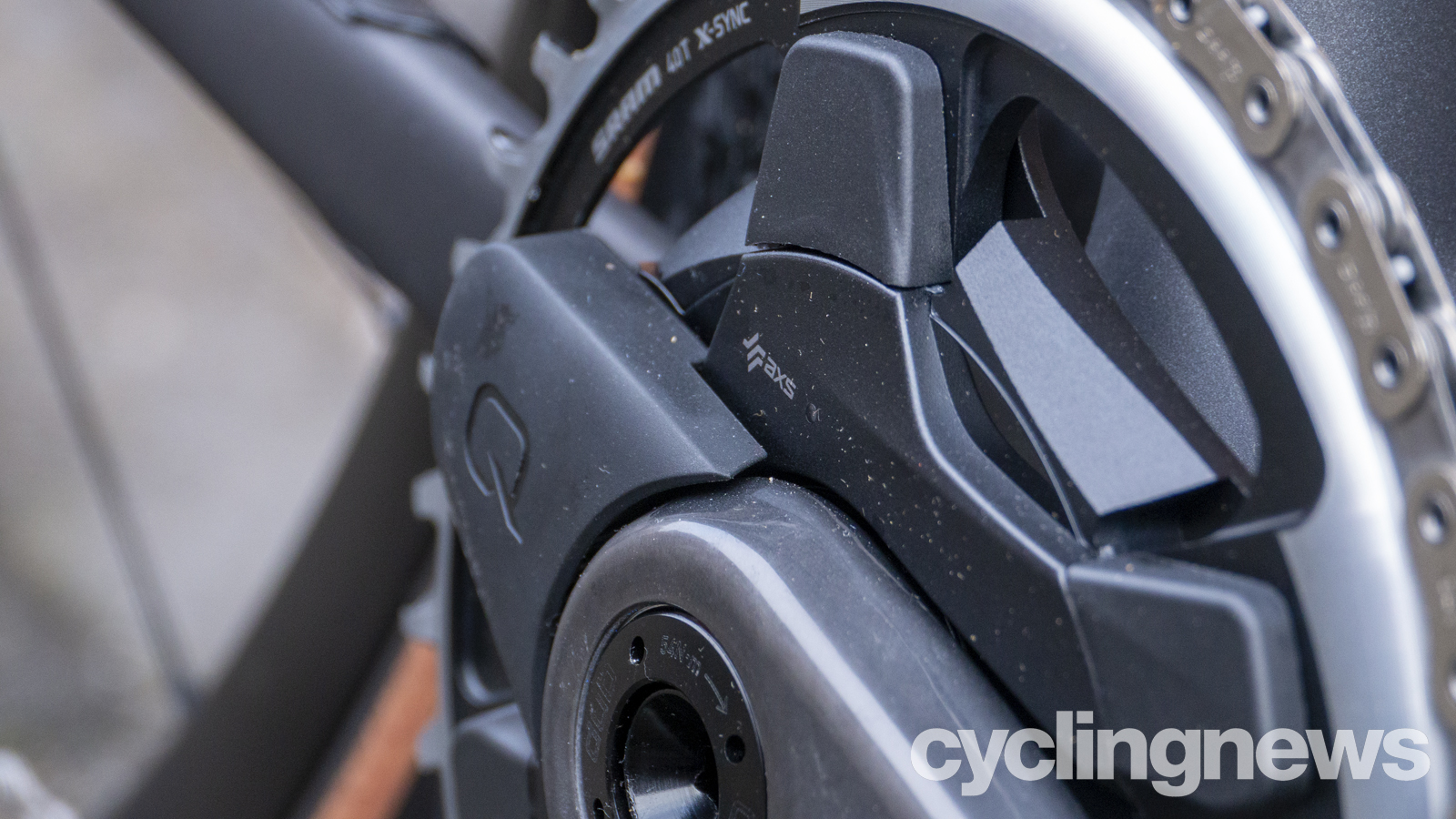
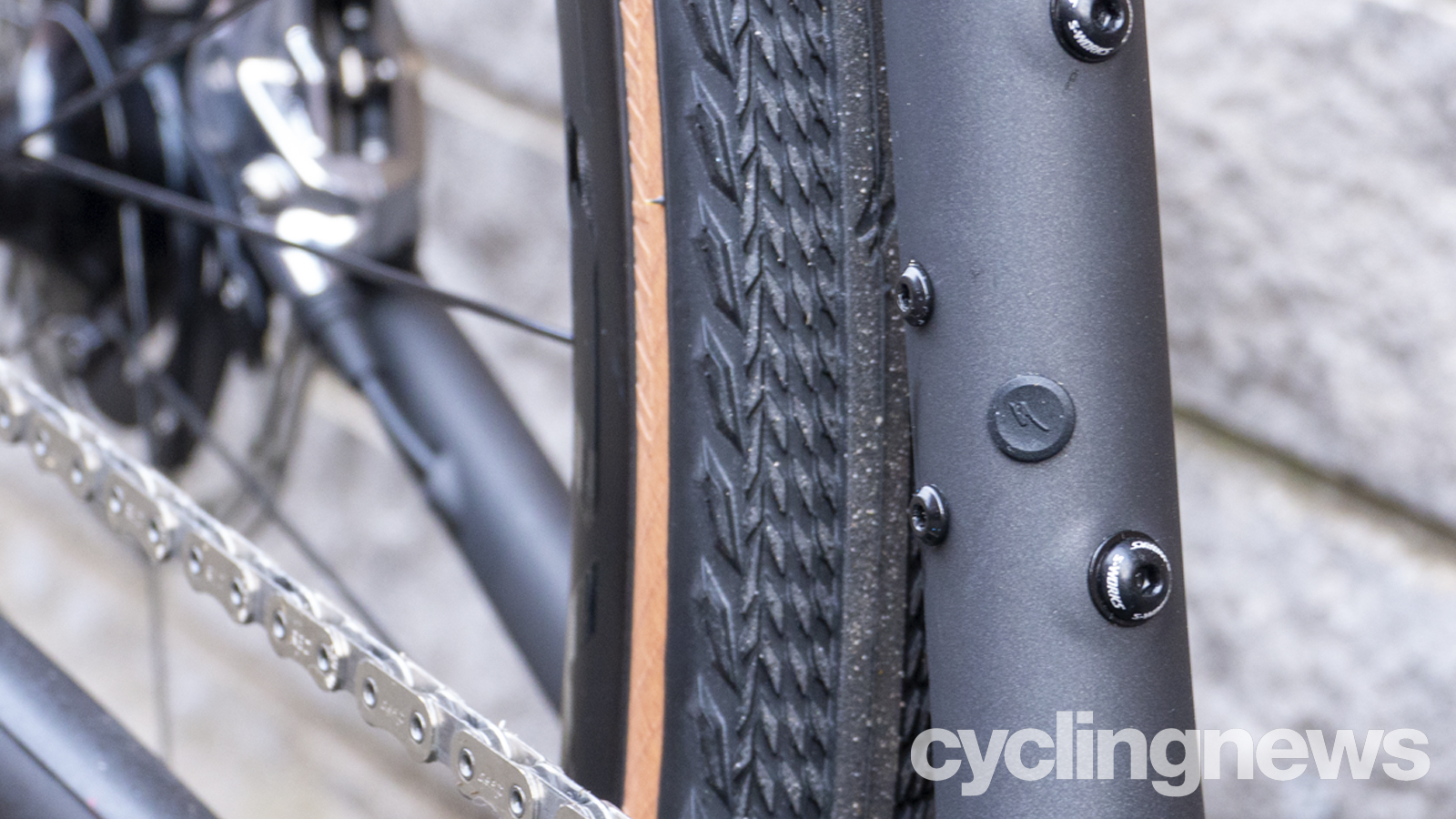
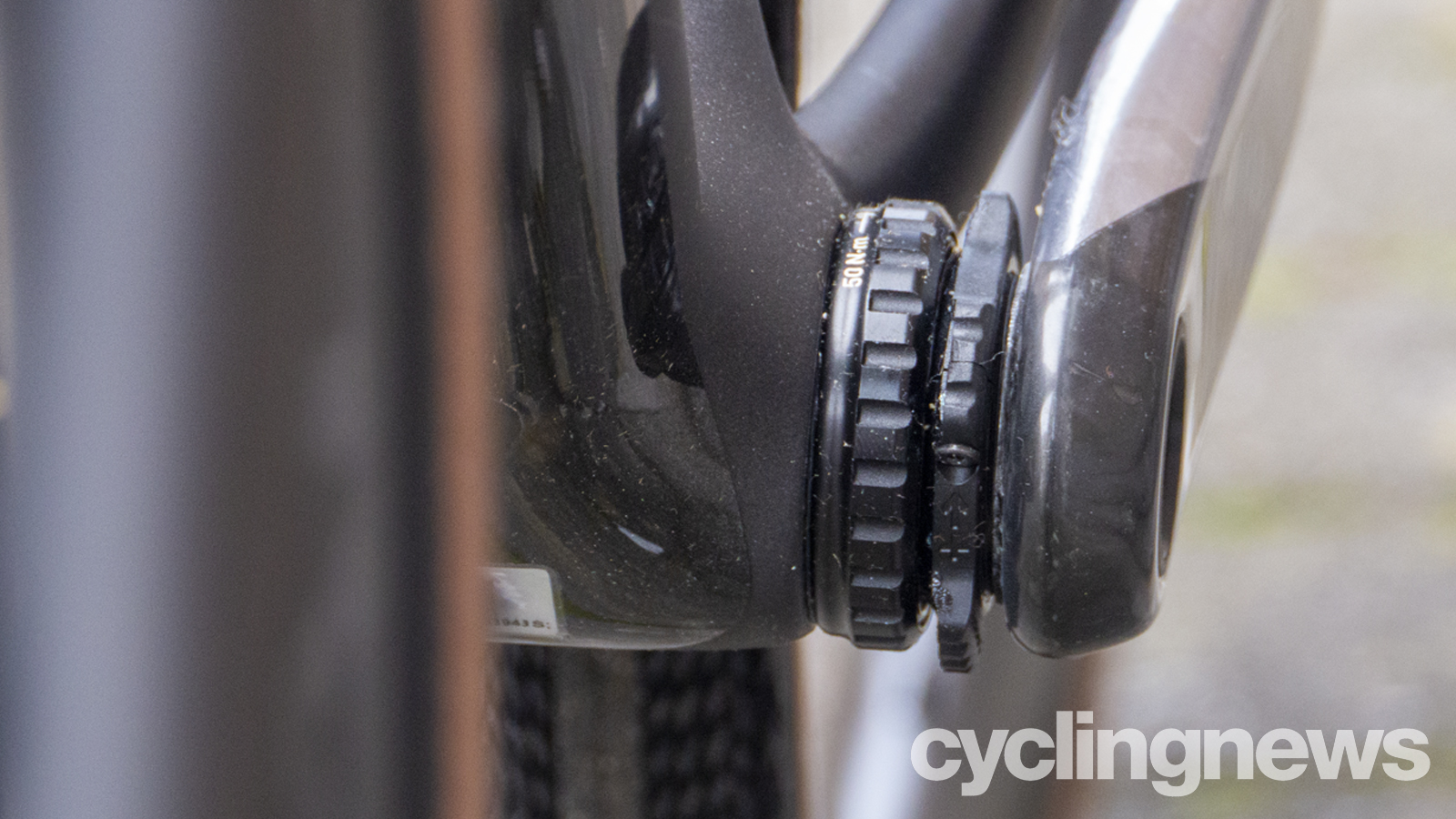
Our test bike, the top-tier S-Works model, is fitted with SRAM's Red XPLR groupset complete with 1x chainring and 10-44 cassette. It also gets the five-star rated Roval Terra CLX wheelset. Off the shelf, it will get an S-Works Power saddle, although for testing I made the switch to the new S-Works Romin saddle with Mirror.
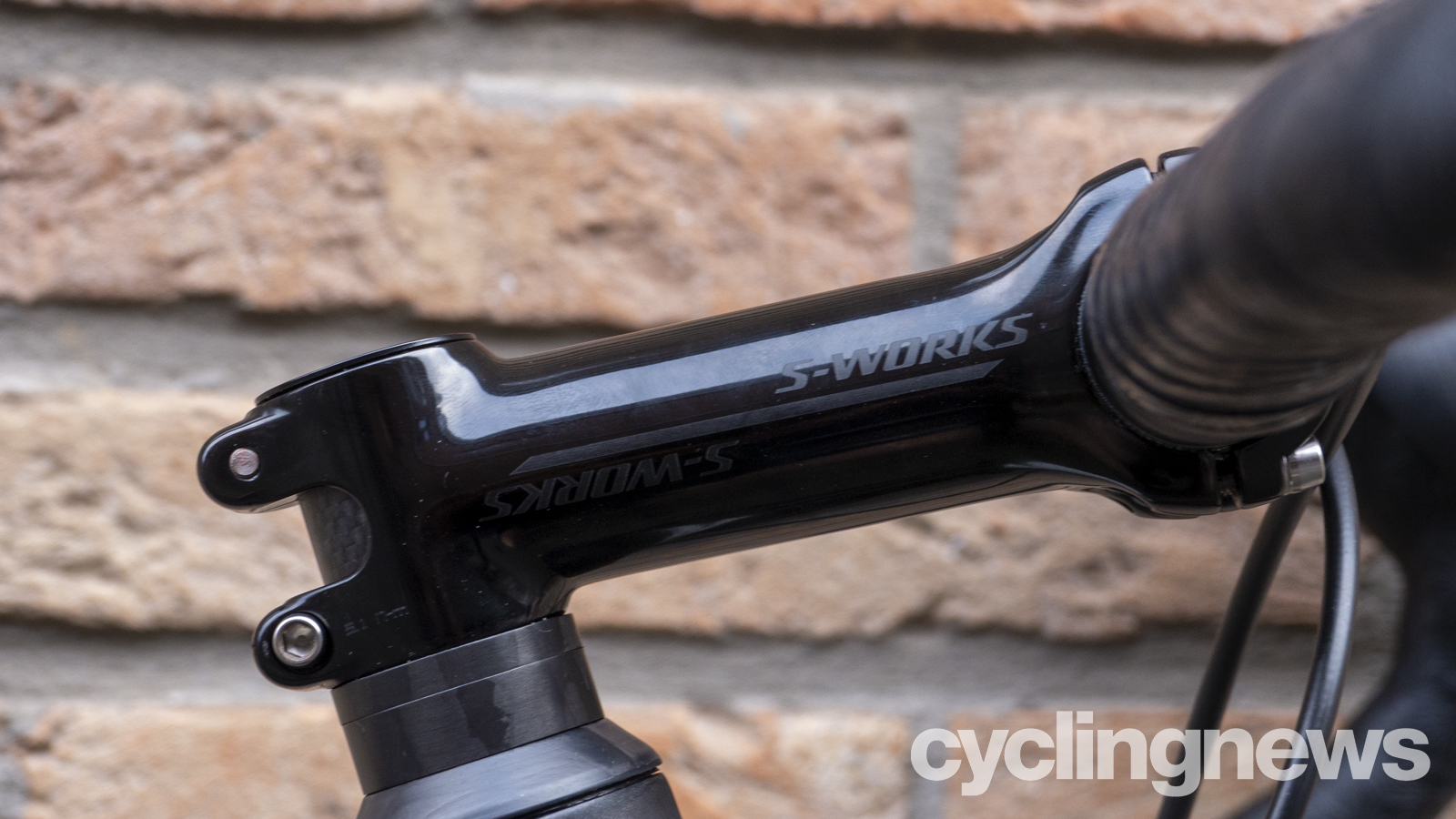
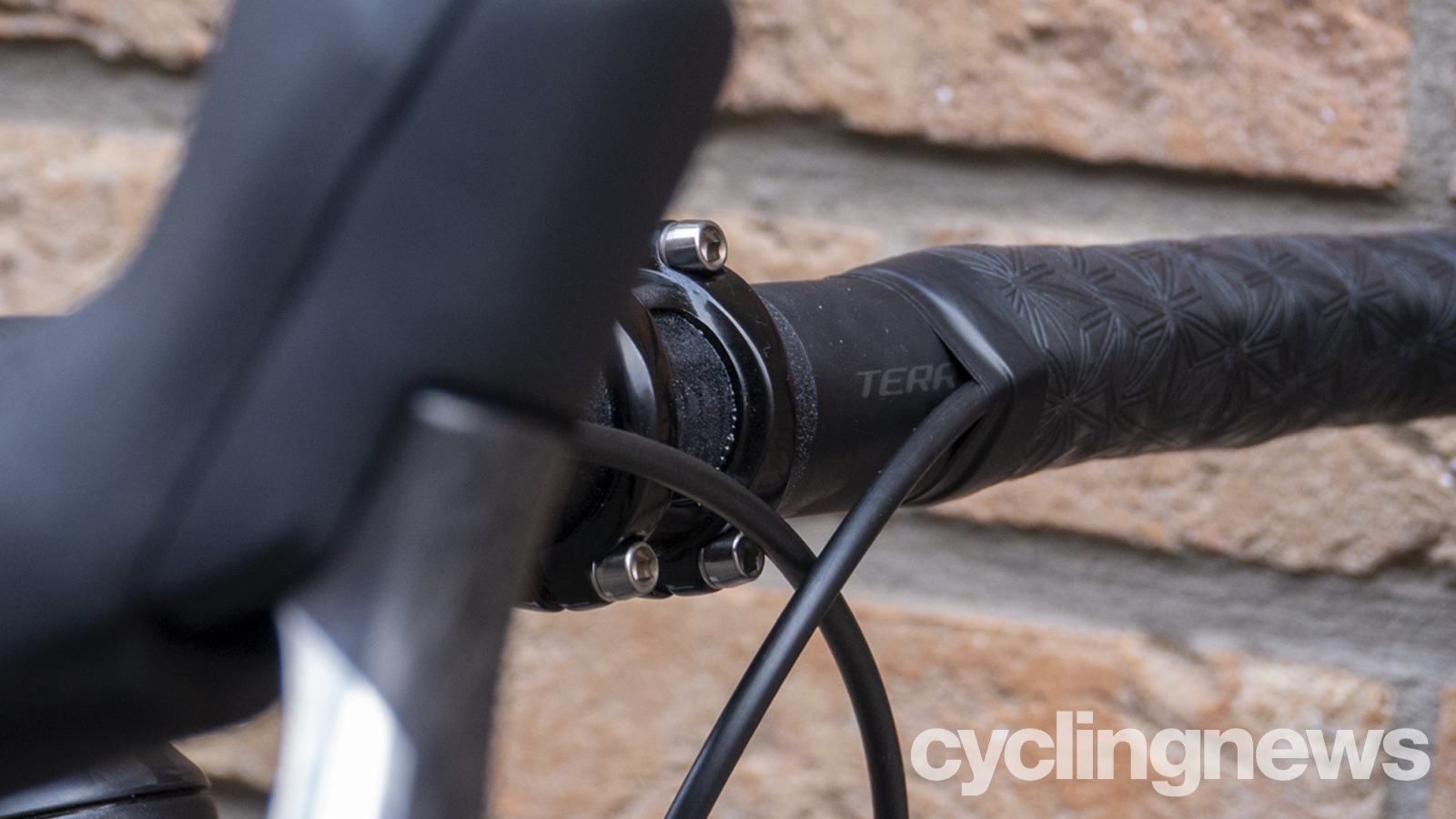
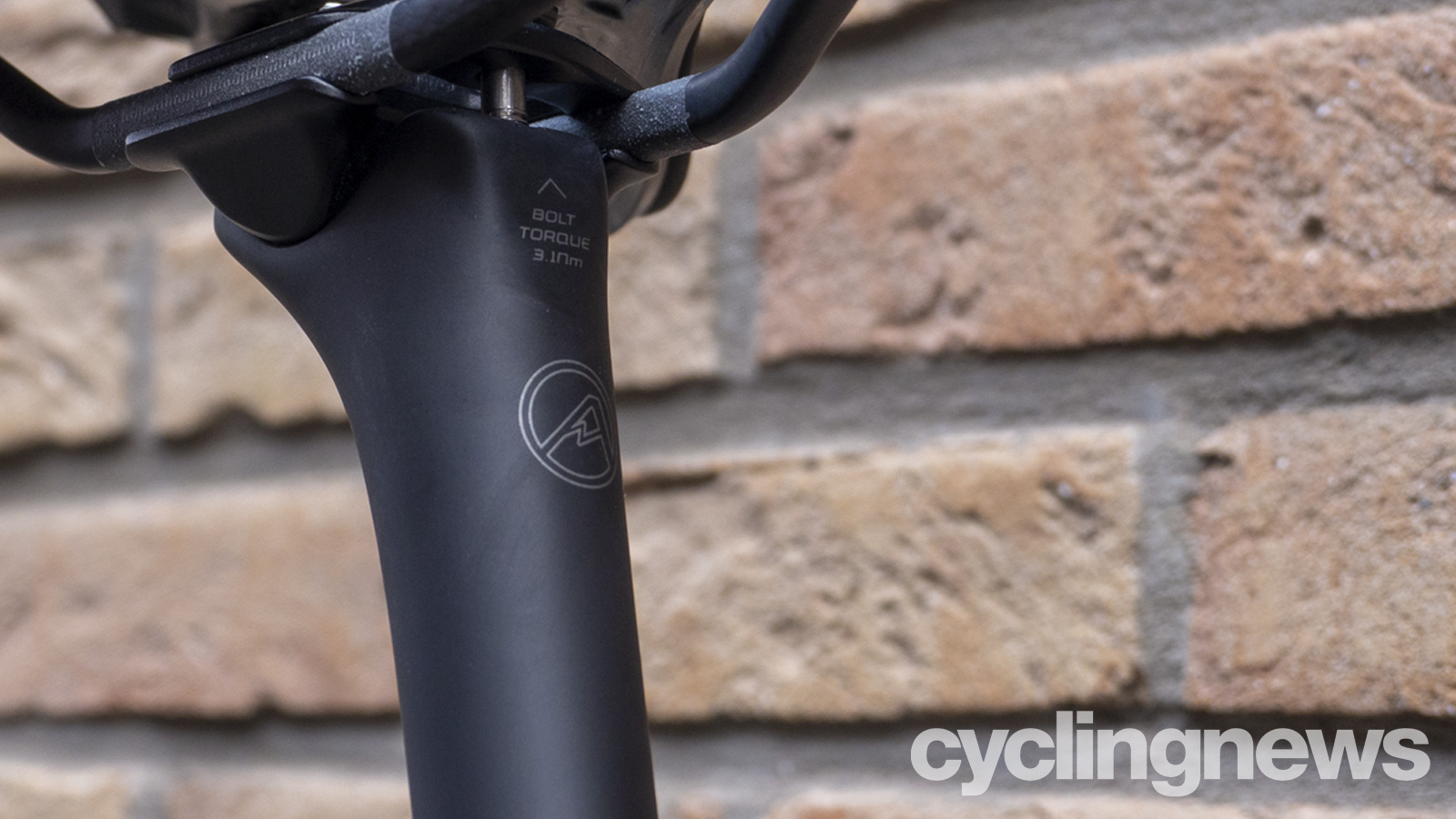
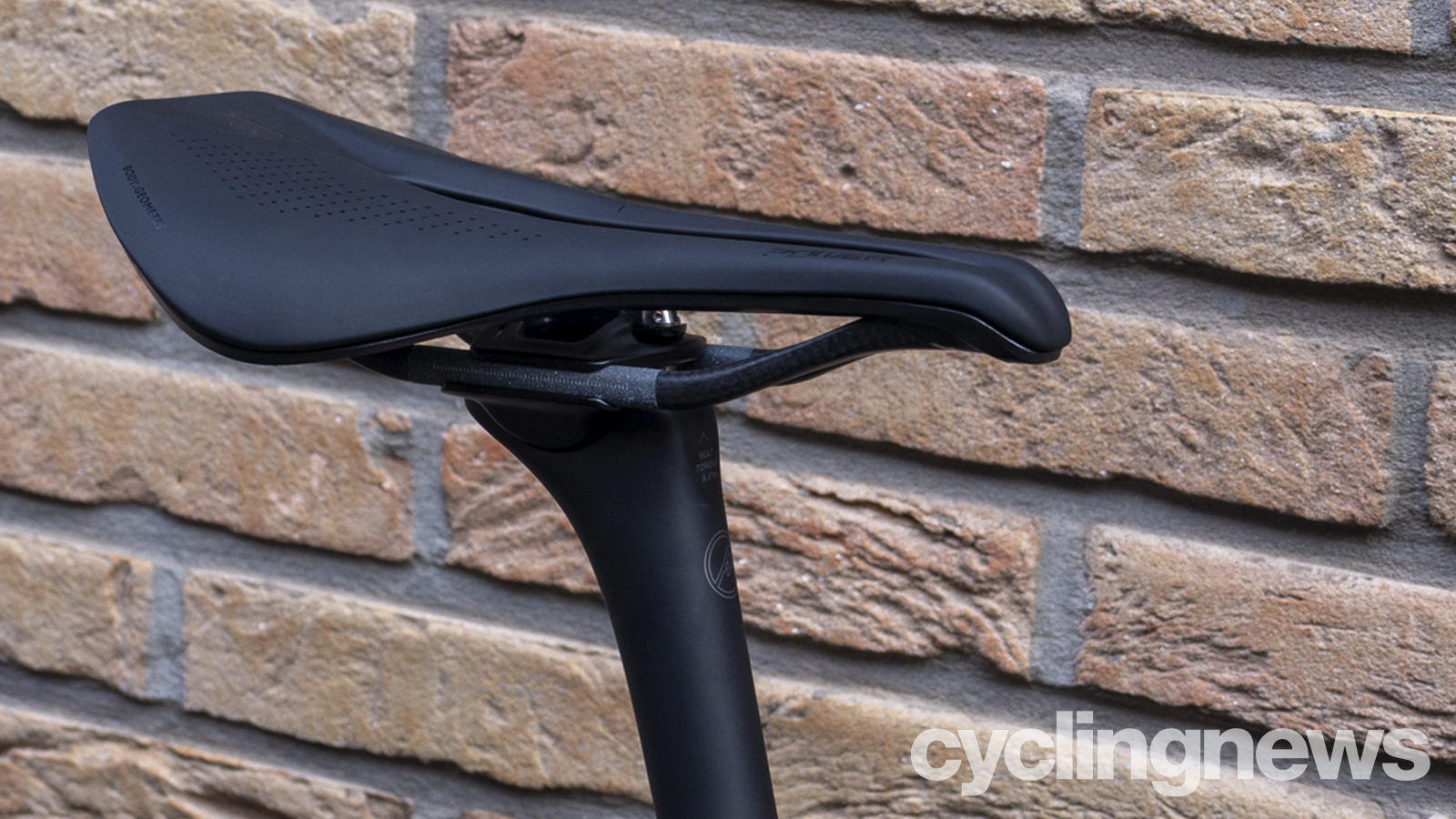
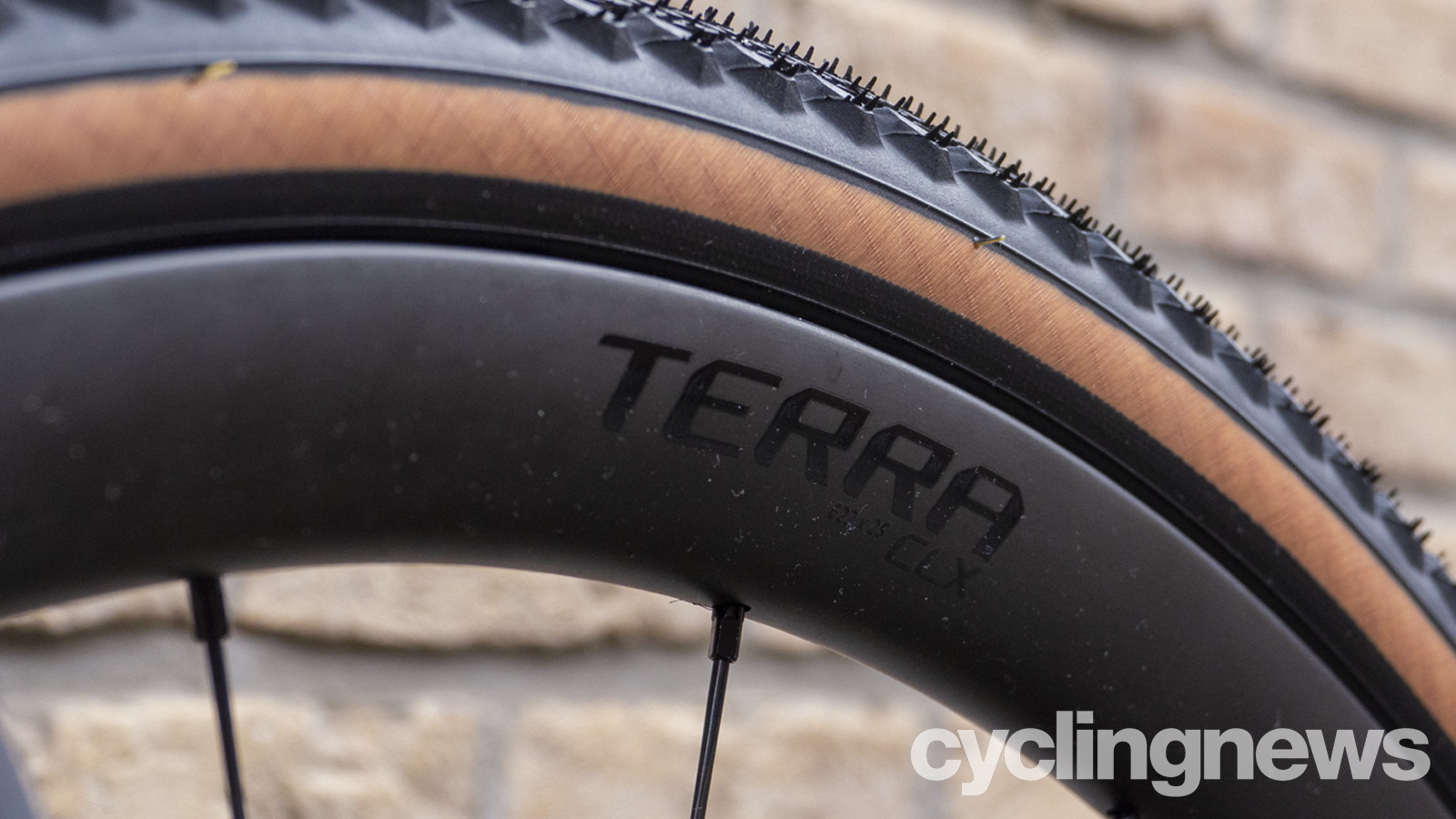
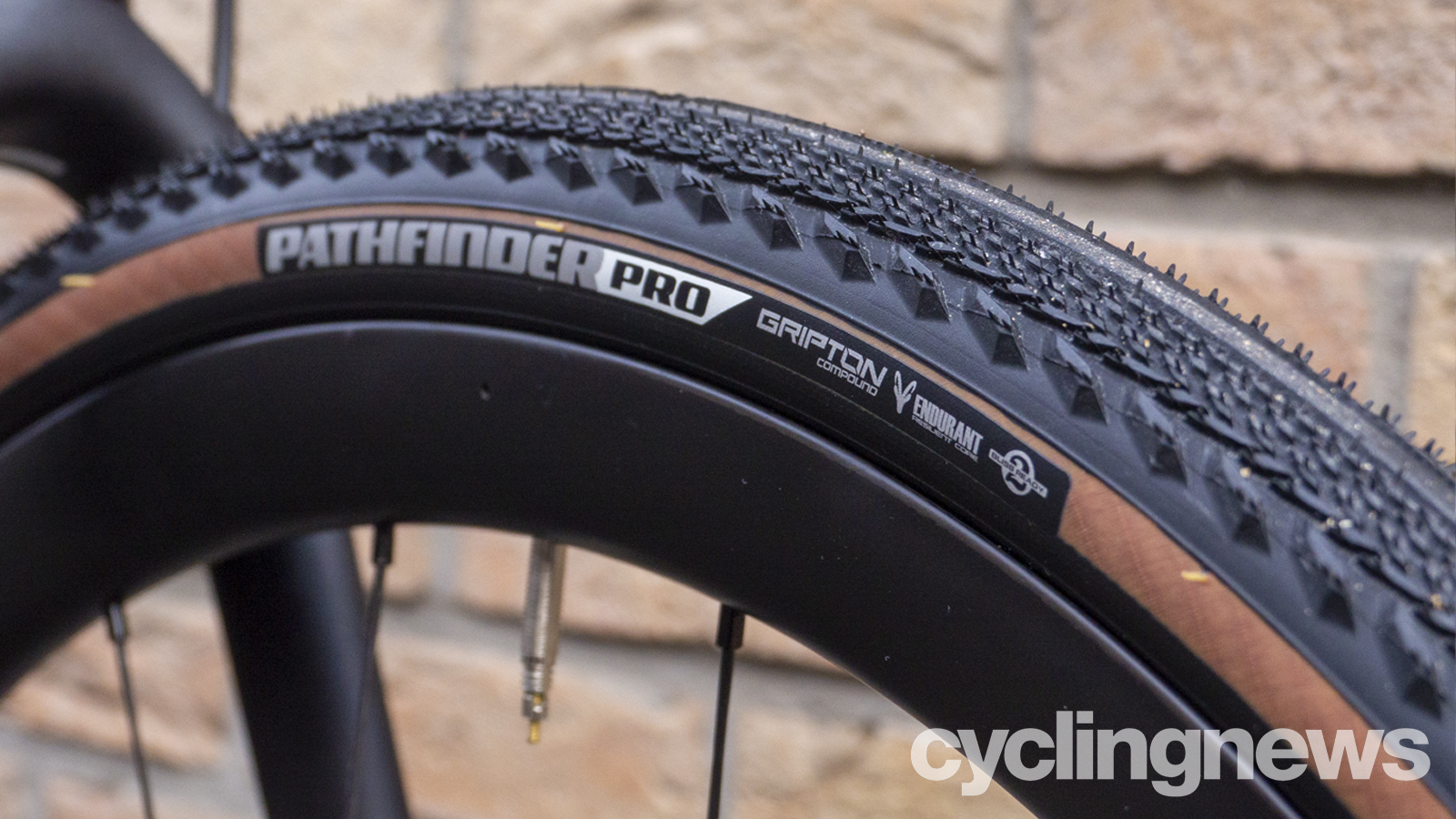
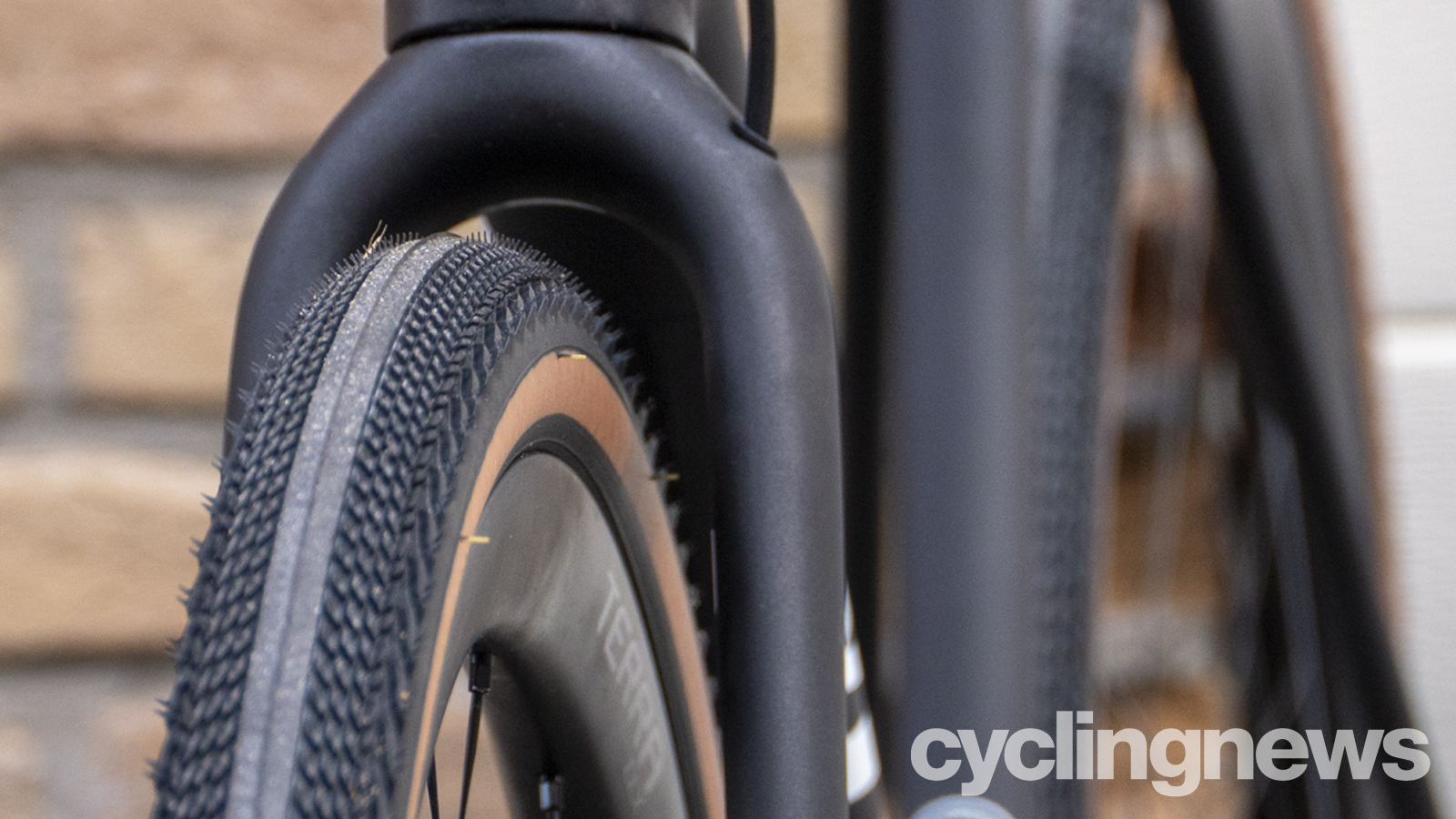
Despite many road bikes (and some gravel bikes) making the switch to an integrated cockpit, the Crux foregoes this direction and instead uses the new Roval Terra handlebar and an S-Works SL stem. Of course, this is a personal preference and both have their merits. The tidiness of an integrated system is hard to ignore, especially on a bike at this price, and the aerodynamic advantage would have benefitted those looking at the Crux for competitive use. But the two-piece system does make for an easier build as well as more straightforward maintenance going forward.
I personally would have liked to see an integrated cockpit on this bike, but appreciate the weight penalty and design adjustment that would have probably led to a greater overall weight, and thus, perhaps a less enjoyable ride.
In terms of the handlebar width, this size 58cm bike is fitted with 44cm bars, just like Specialized's road bikes of the same size. One of the Specialized's marketing managers admitted to me that they understand that road bikes are trending towards narrower handlebars, and that gravel is trending wider. Knowing that the Crux operates more at the light end of the gravel spectrum, Specialized chose to stick with the current road handlebar specifications as a 'happy medium'. Reading between the lines here, I'm hoping this means Specialized will begin to narrow its currently wider-than-I'd-like road handlebars.
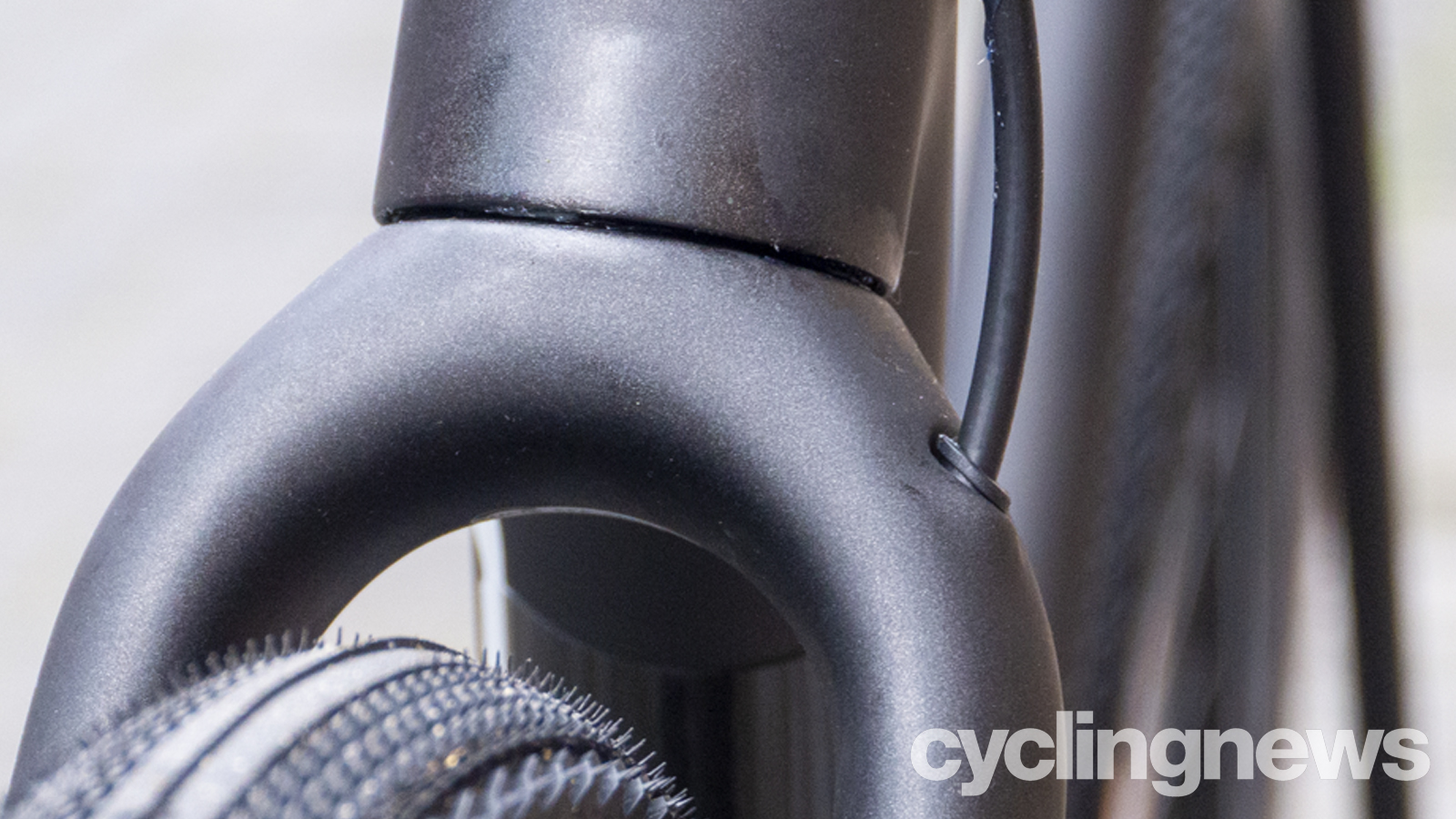
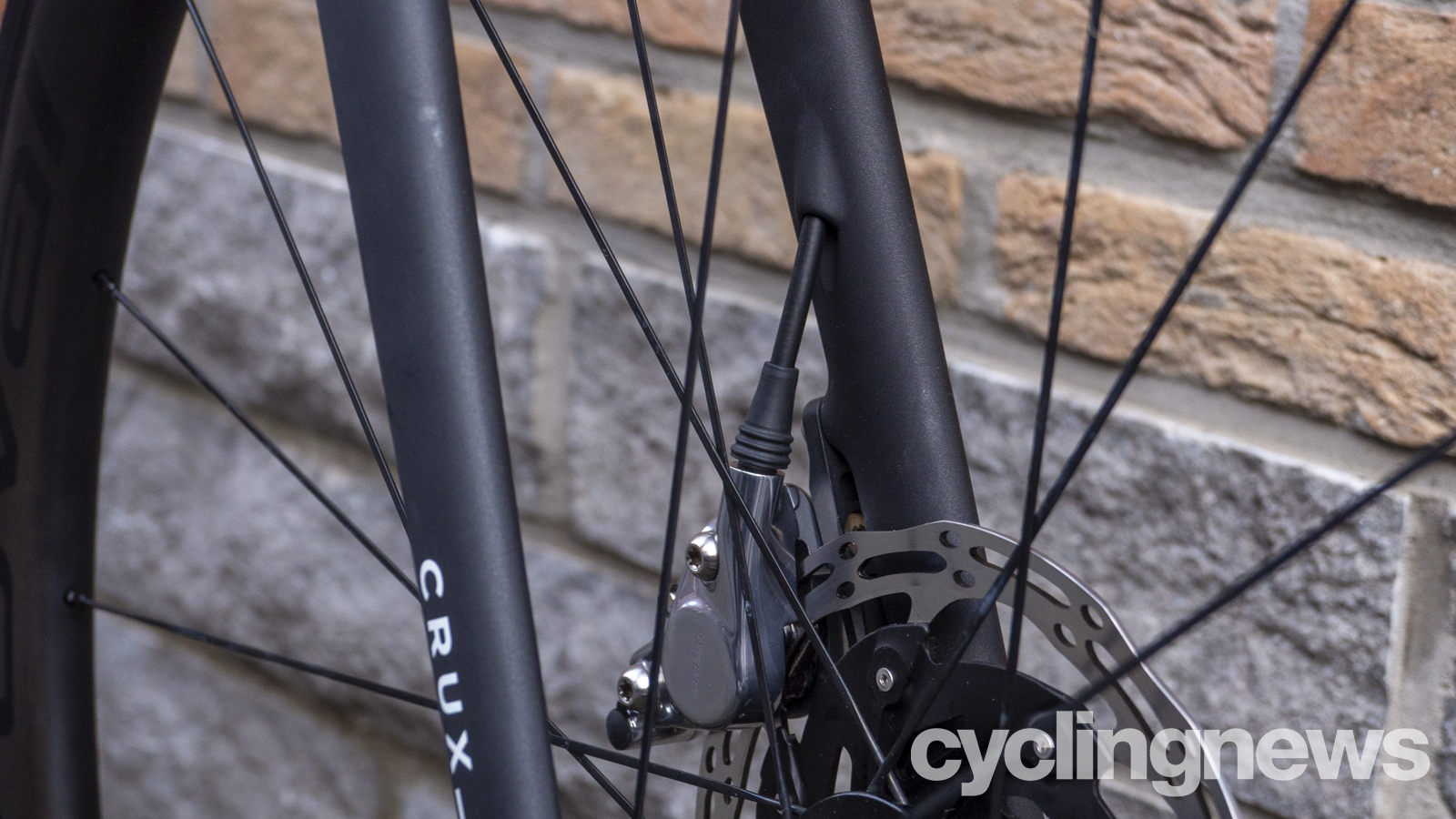
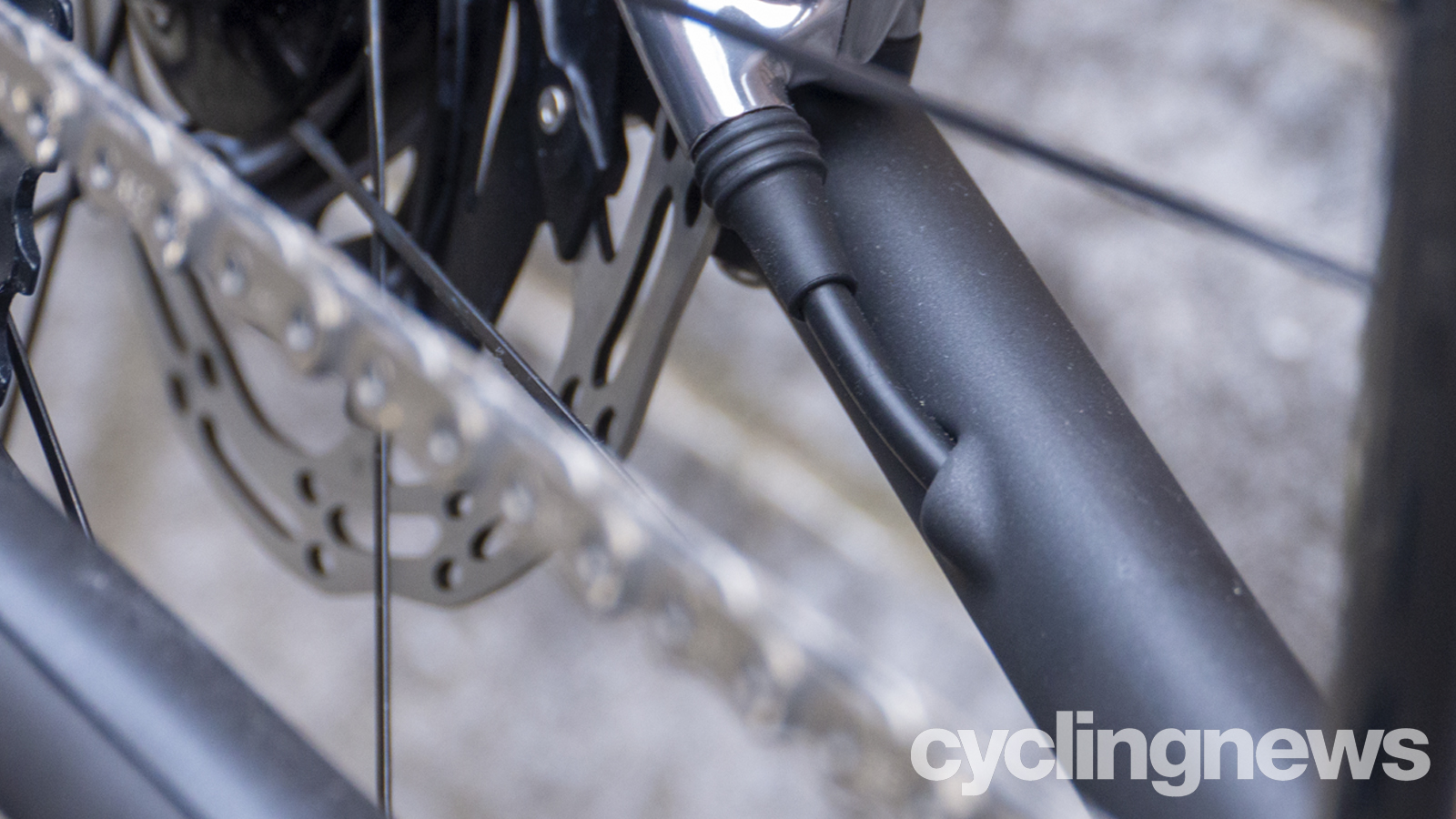
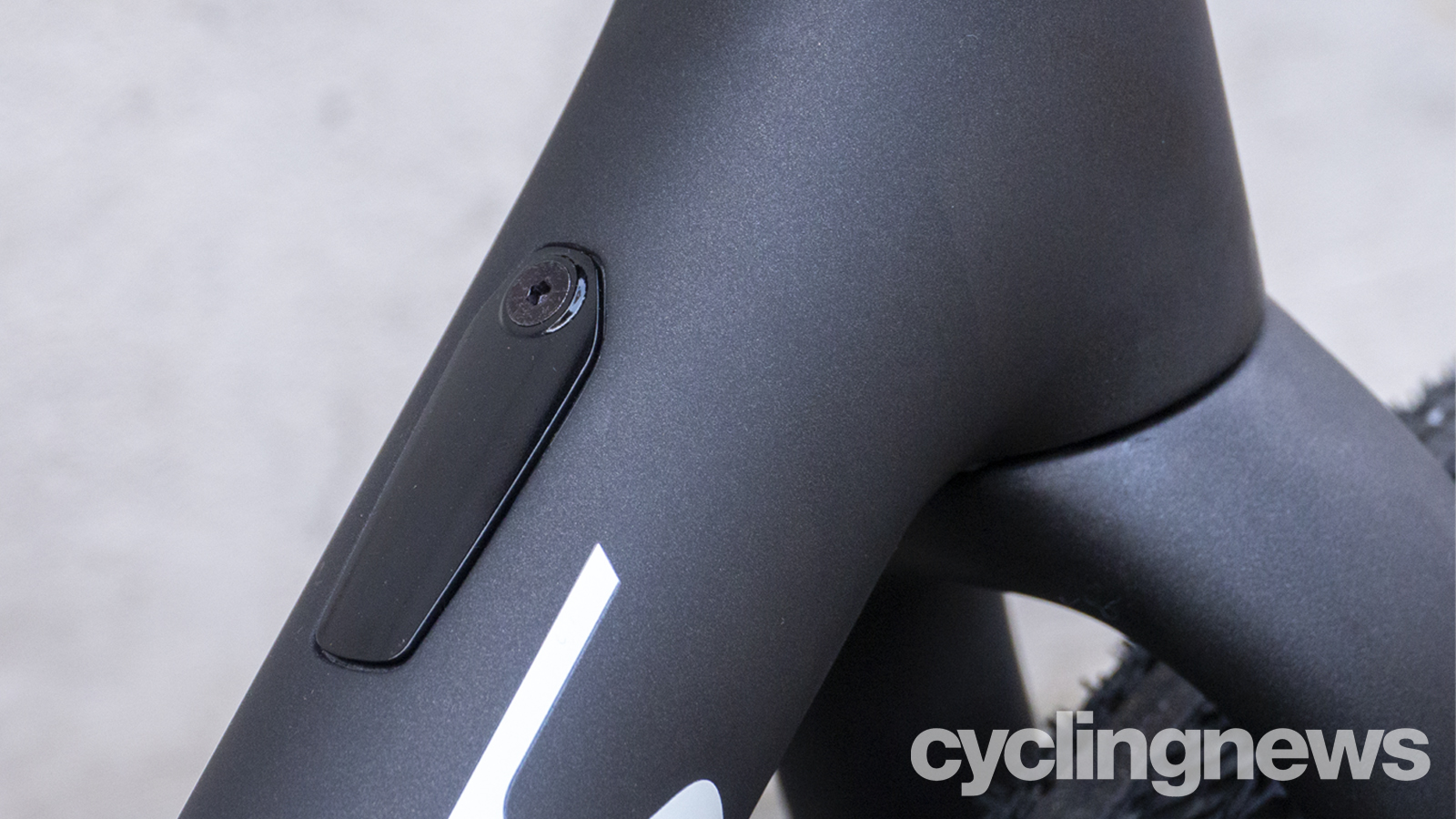
The rear brake hose enters the frame at the non-drive-side shoulder of the head tube, while the front brake hose enters the fork at the crown. For those running mechanical or Di2 cables, the cables can enter a port at the centre of the down tube. It's worth noting that the bike cannot run 2X mechanical due to cable routing issues pertaining to the front derailleur, however for those looking for extra off-road rowdiness, it can run a cable-actuated dropper seatpost (or a RockShox Reverb AXS XPLR dropper, of course).
All bikes are shipped with 38mm Specialized Pathfinder tyres, which feature a fast-rolling centimetre of central tread, surrounded by a strip of small knobs on either side, with larger shoulder knobs for increased cornering grip. These have long been my favourite dry-weather gravel tyres and were the perfect match for the two days of dusty Belgian gravel that formed the landscape for my testing.
Ride performance
When first riding a new bike, I like to go into the test 'blind', so as not to have my opinion affected by the bike's claims and intentions. Therefore, while I could see that it borrowed plenty of design consideration from the Aethos, I had no idea that the bike was quite as light as it is. With that, when I first picked it up, there was a genuine sense of pleasant surprise and disbelief. Here was a bike designed to go off-road and it weighed less than most road bikes that roll into Cyclingnews HQ.
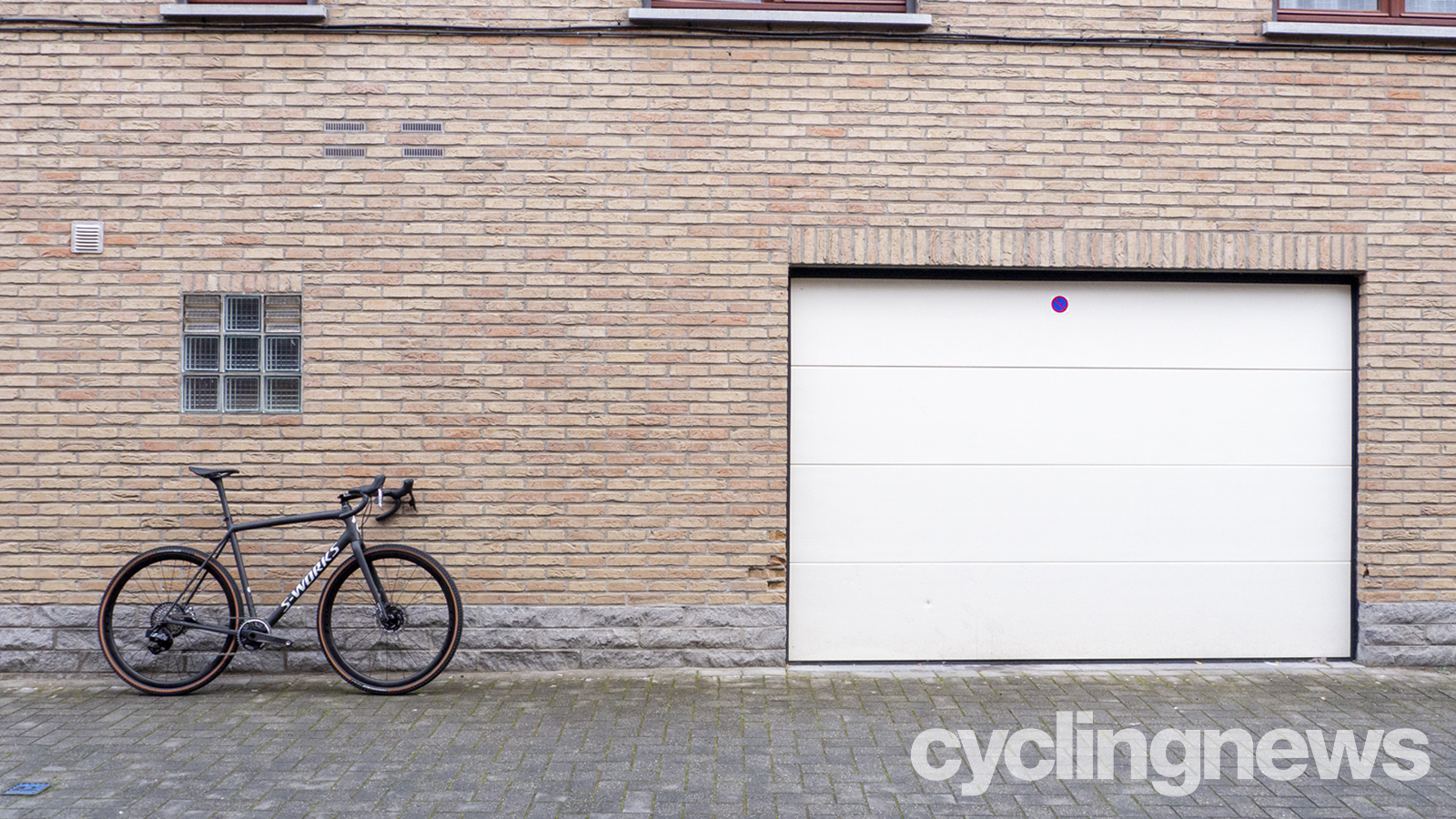
My first ride on the Crux started in Leuven in the lead up to the 2021 World Championships, at a Specialized press event held in the city. With various road closures in place due to the race, there was a healthy helping of kerb hopping and 'urban-cross' to test the bike's handling and its low weight and snappiness immediately shone. Even with its longer reach and wheelbase, navigating the barriers, crowds and tight pavements was a genuinely enjoyable affair and one that built confidence for the more traditional gravel that lay ahead.
Once out of the city, the bike was put through a variety of types of gravel in the first day's 85km loop, and despite my increased confidence in the bike and its incredibly snappy handling, the feeling of being 'under-biked' came on reasonably unaggressive terrain. That's not to say it's not able to handle the rough stuff, it just won't be quite so forgiving if you pick a poor line. It quickly confirmed to me that anyone who wants to push the boundaries of how 'off-road' their gravel riding will be may well be better off with something a little slacker or plusher, but read on, because that's not what this bike is really about.
By the end of the first day, having spent time on smoother gravel paths, double-track roads, Belgian pavé and a host of smoother surfaces, I quickly formed a picture of exactly what this bike is about. That evening, I took some time to dive into the details of the bike, to quantify my feelings and opinions, and this knowledge and a second day's riding only served to cement my initial thoughts: the new Specialized S-Works Crux is a no-holds-barred gravel race bike.
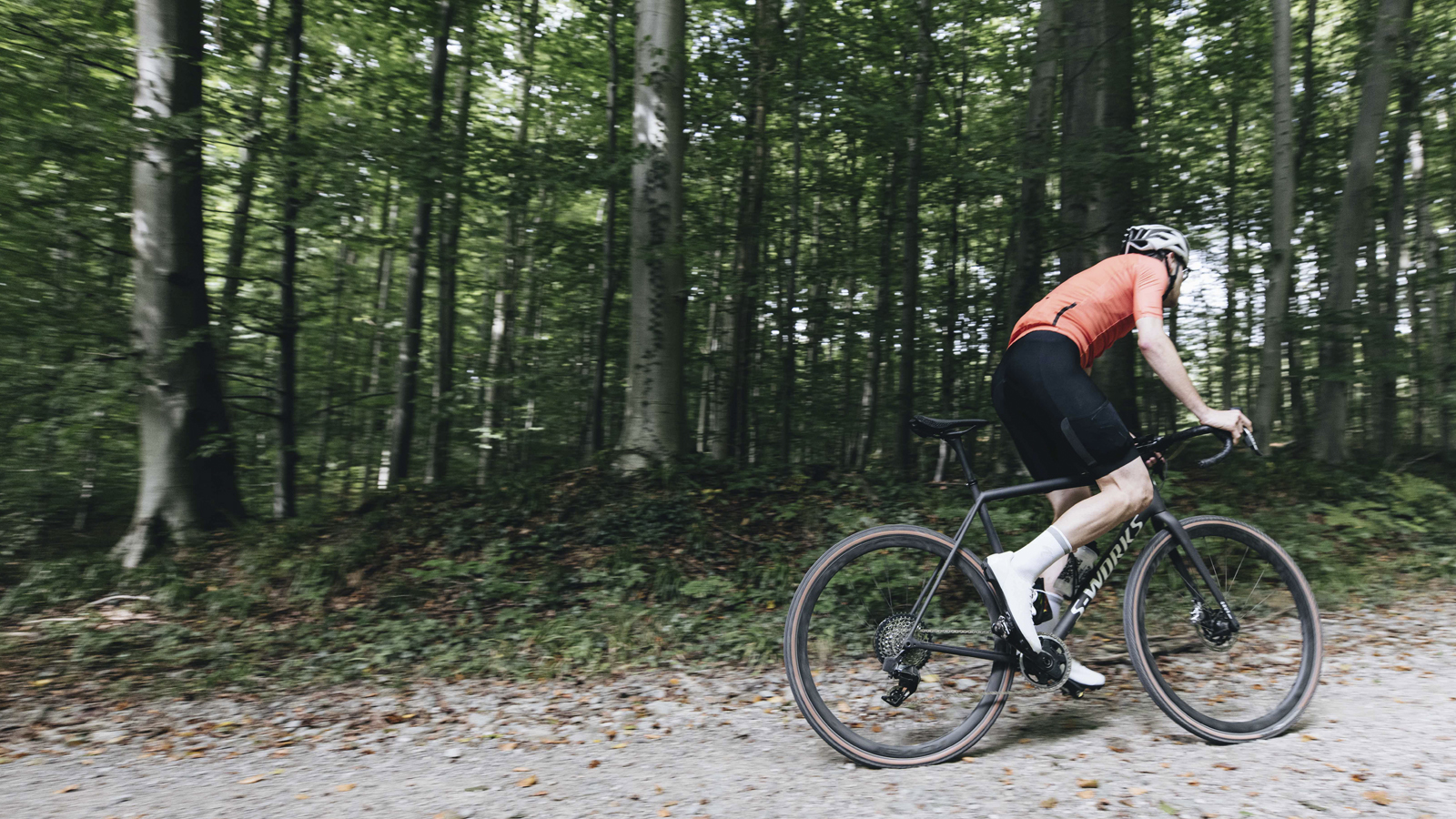
Despite its lightweight frame, the Crux offers enormous levels of lateral stiffness - enough to give road-bike levels of power transfer, alongside a great amount of small-bump compliance to handle the high-frequency vibrations that gravel surfaces provide. But with such a minimalist frame design, there's nothing else to add large-bump compliance, such as the FutureShock for example.
That's not to say I want that though, because firstly, Specialized already has the Diverge for that sort of thing, and secondly, as a by-product of those qualities, the Crux is an absolute rocket over smoother gravel surfaces. It's comfortable for multiple-hour rides, making it even more suited to big-distance gravel races such as Unbound or Dirty Reiver.
It's also the most road-capable gravel bike I've ridden, which means those rides that are made up of gravel sectors separated by stretches of road in between might now be enjoyable from start to finish, rather than a staccato of slow-commuting between sectors of fun. Over recent months, a trend has been emerging with brands launching bikes aimed at the 'gravel race' market. Cervelo's Aspero-5, Cannondale's SuperSix Evo SE, Bianchi's Impulso Pro and 3T's Exploro RaceMax all cater to this trend, and that is exactly where this S-Works Crux lives.
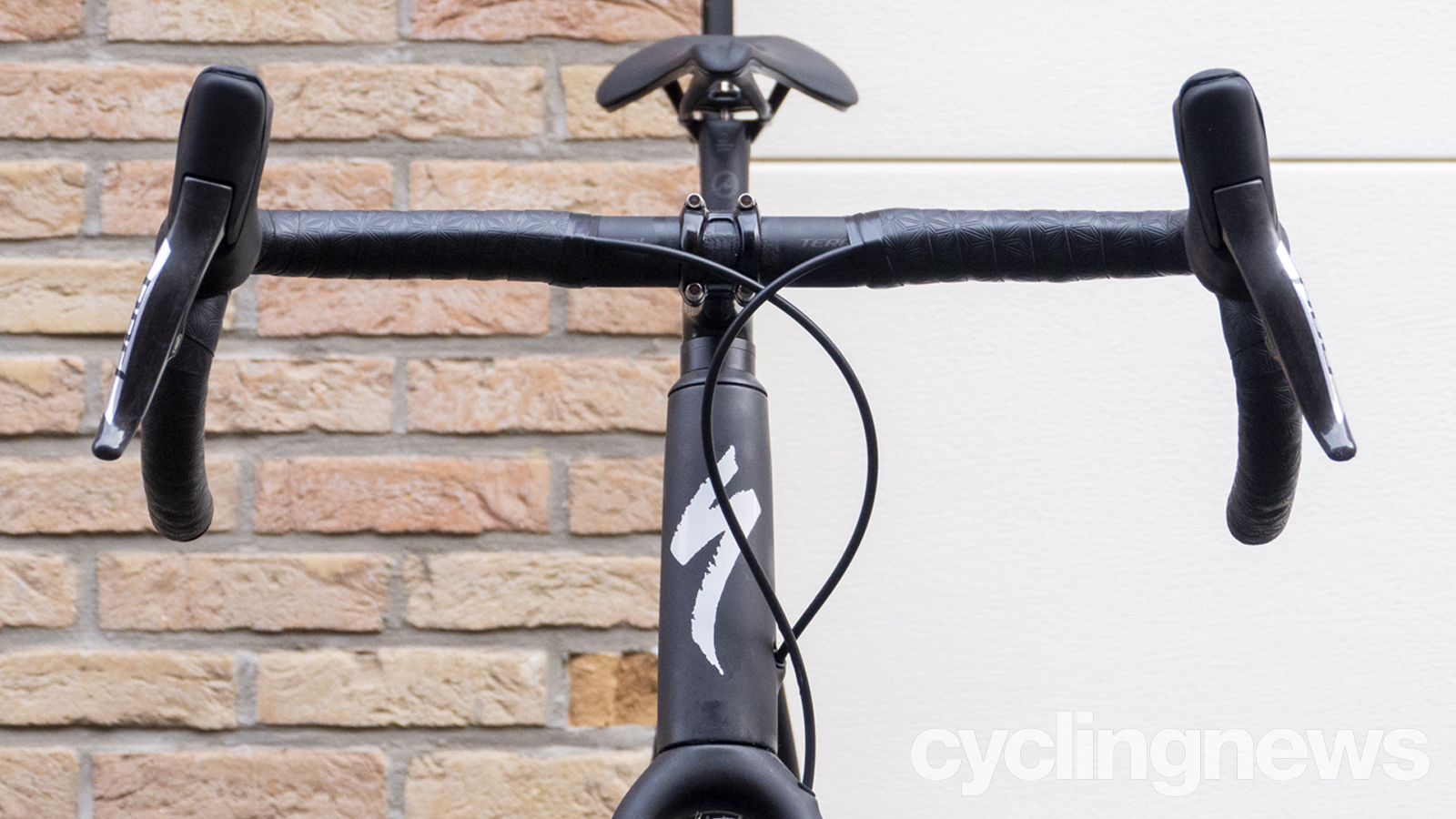
Verdict
The S-Works Crux is a true race-ready bike that is comfortable over long distances, snappy enough to handle the tight nature of cyclo-cross courses, light enough to flatten Belgian bergs and in my testing so far, it's plenty capable even without maximising the clearance between the stays.
There's very little wrong with the stock 38mm Specialized Pathfinder tyres - as I've said, they're among my favourite and in our group of 12 riders over two days of riding, there was just a single unsealed puncture - but with more time on the bike, the first thing I want to do is switch to something at the 47mm maximum to see how capable this bike can truly be.
If you're after an uber-compliant gravel bike to bludgeon through some natural trails with nary a care for line choice or finesse, then you're in the wrong place, but I think you already knew that before you got here. Instead, the Crux offers a truly exciting off-road ride. It can hop, skip and jump through the tightest turns, crest climbs with ease, and then return to the tarmac and keep up with the roadies like it's no big issue.

Josh is Associate Editor of Cyclingnews – leading our content on the best bikes, kit and the latest breaking tech stories from the pro peloton. He has been with us since the summer of 2019 and throughout that time he's covered everything from buyer's guides and deals to the latest tech news and reviews.
On the bike, Josh has been riding and racing for over 15 years. He started out racing cross country in his teens back when 26-inch wheels and triple chainsets were still mainstream, but he found favour in road racing in his early 20s, racing at a local and national level for Somerset-based Team Tor 2000. These days he rides indoors for convenience and fitness, and outdoors for fun on road, gravel, 'cross and cross-country bikes, the latter usually with his two dogs in tow.
